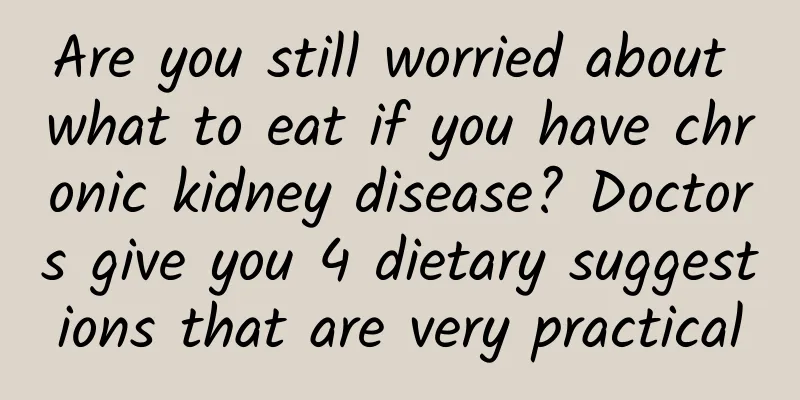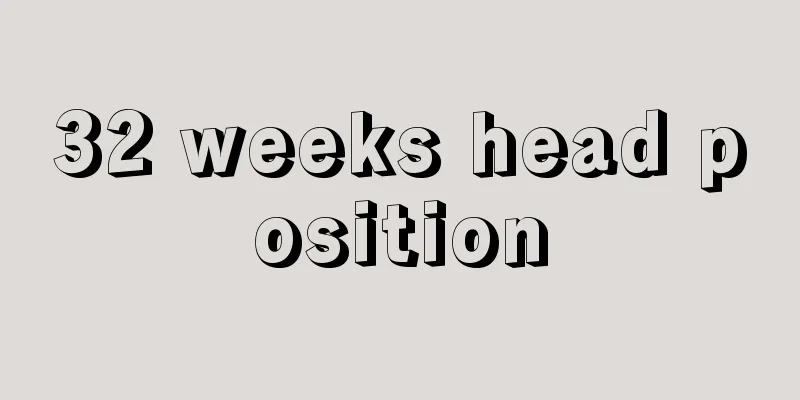Stroke: A battle against "sudden changes"

|
In the complex arena of the human body, the brain is the undisputed "protagonist". But sometimes, this "protagonist" will also encounter a sudden challenge - stroke. Today, let us unveil the mystery of stroke and see how to win this battle against "sudden changes". 1. Fengyun Gathering: Causes of Stroke Stroke, commonly known as a stroke, is usually caused by a sudden blockage or rupture of a blood vessel in the brain. When the blood supply to the brain is obstructed, brain cells die due to lack of oxygen, leading to various functional disorders. There are many causes of stroke, including chronic diseases such as high blood pressure, diabetes, and high blood lipids, as well as bad living habits. 2. Sudden changes: early warning signs of stroke Strokes come suddenly, but they are not without signs. Common warning signs include: sudden limb numbness or weakness, slurred speech or difficulty understanding, monocular or binocular vision problems, dizziness or imbalance, sudden severe headache, etc. If these symptoms occur, you should seek medical attention immediately. III. Clearing the Clouds and Seeing the Sun: Treatment and Rehabilitation of Stroke The treatment and rehabilitation of stroke is a long and complex process. Treatment methods include drug therapy, surgical treatment and rehabilitation therapy. Drug therapy is mainly aimed at controlling the cause and symptoms; surgical treatment is performed in emergency situations, such as severe intracranial hemorrhage; rehabilitation therapy is performed after the patient's vital signs are stable, including physical therapy, occupational therapy, speech therapy, etc. Rehabilitation therapy is an important part of stroke treatment. Through rehabilitation therapy, patients can restore limb function to the greatest extent and improve their quality of life. Rehabilitation therapists will develop personalized rehabilitation plans based on the patient's specific situation, and help patients gradually restore their daily living abilities through physical therapy, occupational therapy, speech therapy, and other means. In addition, families and society should also give patients enough support and care to help them better integrate into society. 4. Prepare for a rainy day: Prevention of stroke To prevent stroke, we must first change our lifestyle. Quitting smoking, limiting alcohol consumption, eating a healthy diet, and exercising moderately are all effective preventive measures. At the same time, controlling chronic diseases and having regular physical examinations are also important means of preventing stroke. Through comprehensive preventive measures, we can reduce the risk of stroke. Reasonable diet: Maintain a low-salt, low-fat, low-sugar diet, eat more fresh vegetables, fruits and whole grains, and reduce the intake of saturated fat and trans fat. Eat a moderate amount of foods rich in high-quality protein, such as lean meat, fish, beans, etc. Moderate exercise: Do at least 150 minutes of moderate-intensity aerobic exercise per week, such as brisk walking, cycling, or swimming. Strength training can also help strengthen muscles and bones. Control chronic diseases: Chronic diseases such as hypertension, diabetes, and hyperlipidemia are major risk factors for stroke. Regularly monitor and control these chronic disease indicators and follow the doctor's advice for treatment and management. Quitting smoking and limiting alcohol intake: Quitting smoking and limiting alcohol intake are crucial to preventing stroke. Quitting smoking can significantly reduce the risk of stroke, while limiting alcohol intake can also help maintain cardiovascular health. Regular check-ups: Regular physical examinations, especially cardiovascular examinations such as electrocardiograms, echocardiograms, etc., can help detect potential health problems early. Maintain mental health: Psychological factors such as stress and anxiety may also affect the occurrence of stroke. Learning to cope with stress, maintaining an optimistic attitude and good sleep habits can help reduce the risk of stroke. Identify warning signs: Understand the common symptoms of stroke, such as sudden limb numbness or weakness, slurred speech or difficulty understanding, and seek medical attention and receive diagnosis and treatment in a timely manner. Conclusion: Although stroke is fierce, it is not invincible. By gaining in-depth knowledge of its causes, warning signs, treatment and rehabilitation, and preventive measures, we can win this battle against the "sudden change". Let us work together to overcome the challenge of the "sudden change" of stroke! |
<<: High blood pressure: the art of dancing with "high pressure"
Recommend
What does the number of days in the menstrual cycle mean?
As women age, their bodies begin to mature. After...
What should I do if cervical erosion is mild?
Cervical erosion is a very distressing problem fo...
Are you feeling high or low? Are you on a roller coaster? You may be ill...
Expert of this article: Zhao Wei, deputy chief ph...
Can I swim while using a tampon?
Women's menstruation happens every month, and...
What are the side effects of purslane?
Purslane has high medicinal value, but when using...
Detailed information on whether the previous pregnancy is a boy or a girl
introduce Many expectant mothers cannot find out ...
What is donkey-hide gelatin made of? The proportion of ingredients for making donkey-hide gelatin cake
Donkey hide gelatin is rectangular or cube-shaped...
How long after the ablation can I drink alcohol?
Some young women like to drink alcohol, and some ...
Pictures of girls with leucorrhea caused by inflammation
Gynecological inflammation is one of the most com...
Mental Health
Health refers to a person being in a good state p...
Confirmed! The human immune system can "remember" the new coronavirus for more than a year
After fighting off the attack of the new coronavi...
Breast compression has benefits
Many female friends know the importance of breast...
How is mammography performed?
Breasts are where women produce milk for their ch...
Vaginal tightening acupoint massage method
The phenomenon of vaginal relaxation is very seri...









